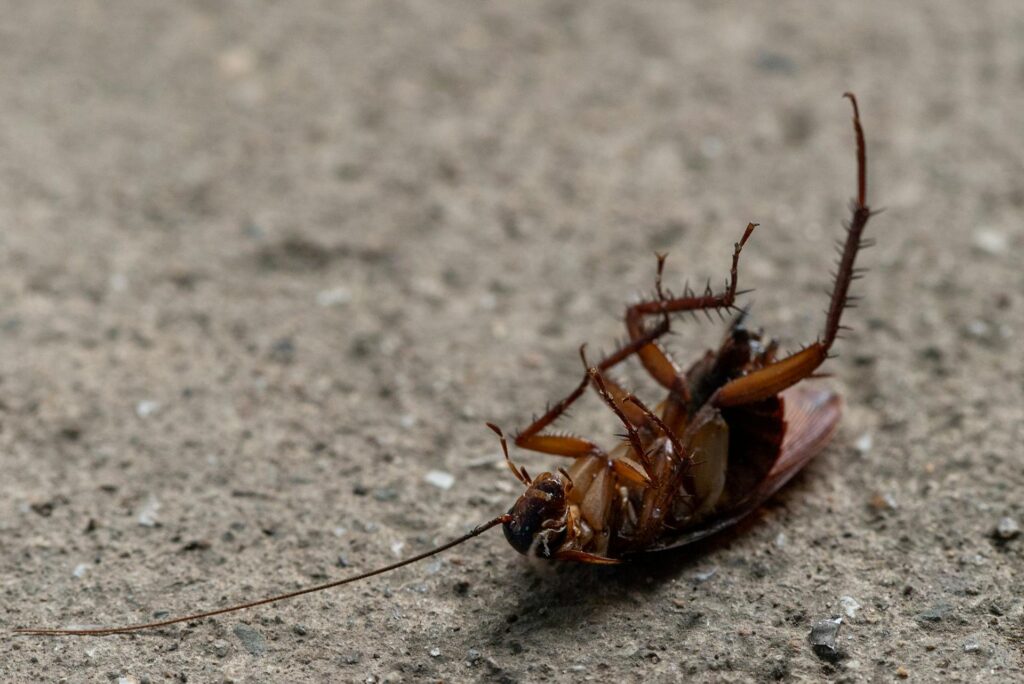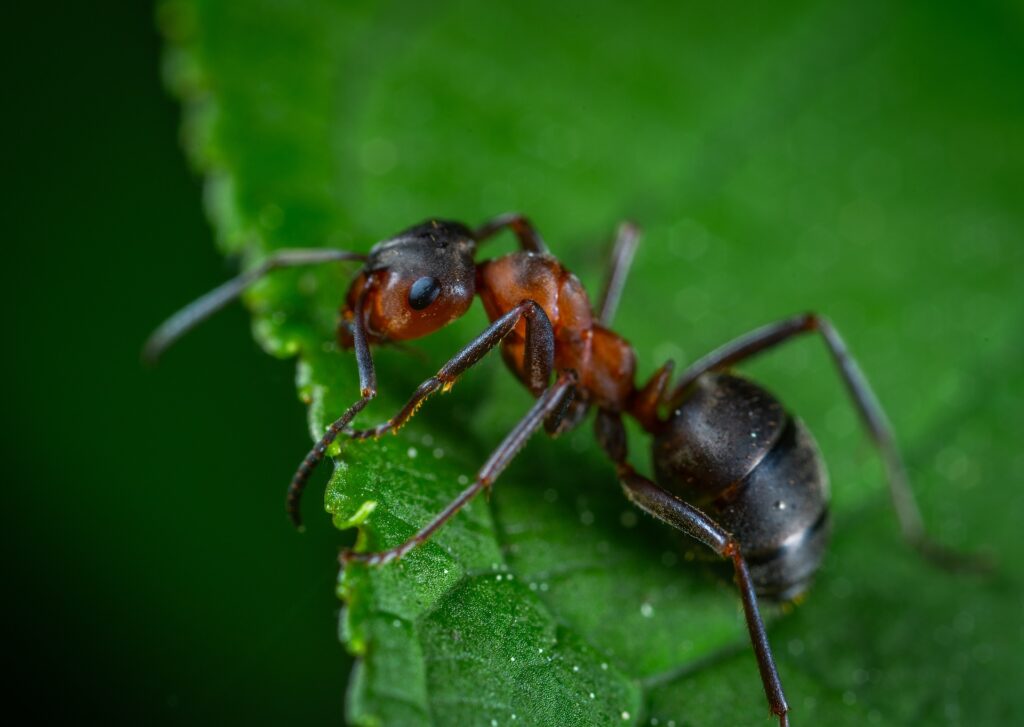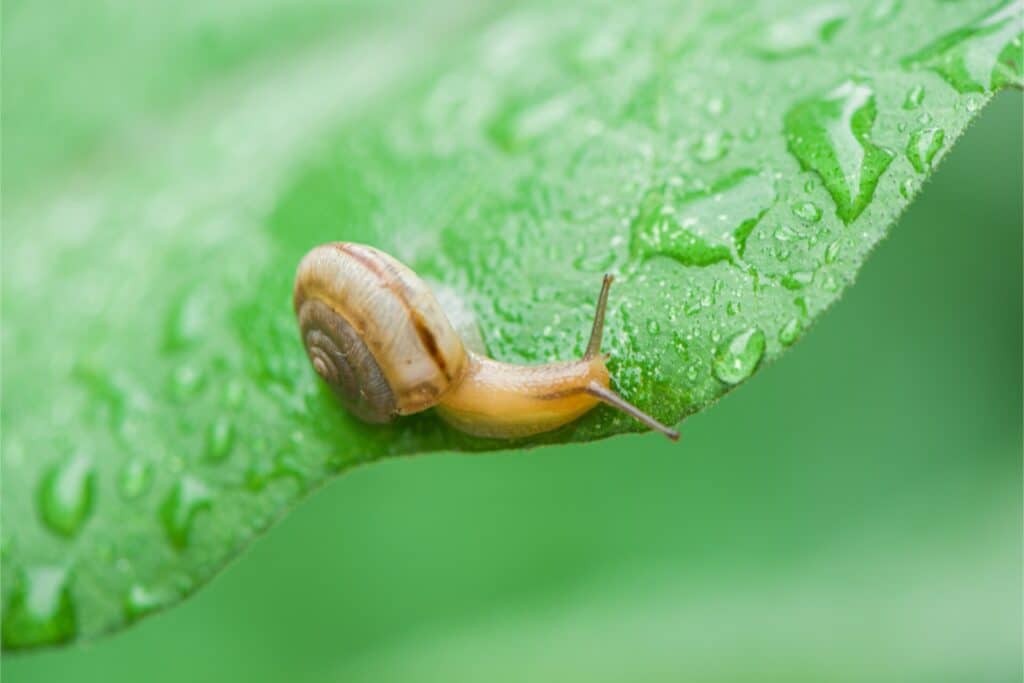When you notice the telltale signs of rat activity—gnawed electrical wiring, scattered droppings in garage corners, or distinctive scratching sounds within wall voids during nighttime hours—you’re encountering more than a simple nuisance. These highly adaptable rodents represent one of nature’s most successful survivors, capable of thriving in virtually any environment. Understanding the sophisticated behavioral patterns that drive rat infestations provides essential insights into why traditional control methods often prove ineffective.
Let’s explore three fascinating aspects of rat behavior that reveal what makes these persistent pests such formidable opponents in residential and commercial environments, and why professional rat control approaches must address these unique characteristics.
Rats Are Smarter Than You Think
Rats demonstrate exceptional cognitive abilities that frequently surprise even experienced pest management professionals. These intelligent creatures excel at problem-solving tasks, maintain detailed spatial memory of their surroundings, recognize complex patterns, and continuously learn through environmental interactions and trial-and-error experiences.
Their exploratory behavior follows sophisticated patterns—using their sensitive whiskers to detect edges, map spatial relationships, and memorize travel routes throughout structures. This calculated approach explains why rats rarely encounter traps accidentally. When they detect unfamiliar objects or unusual scents in their environment, they exhibit neophobia—a natural wariness of new things—that can cause them to avoid unfamiliar items for extended periods, sometimes days or weeks.
This innate caution represents a significant challenge for homeowners attempting DIY control methods. Traditional snap traps or bait stations often fail because rats carefully investigate new elements in their environment before interaction. They quickly learn which areas or objects present danger, consistently avoiding these locations after initial encounters. This sophisticated learning capacity frequently extends infestation timelines beyond homeowner expectations and necessitates professionally designed intervention strategies.
They Communicate Constantly
Contrary to common perception, rats maintain highly developed social structures with sophisticated communication systems. They engage in communal grooming behaviors, establish shared nesting locations, and exchange critical information through multiple channels including scent markers, physical contact, and vocalizations—many occurring in ultrasonic frequencies beyond human hearing range.
This continuous information exchange significantly enhances colony survival rates. When an individual rat consumes harmful substances, others quickly learn to avoid similar food sources—a phenomenon called bait shyness that rapidly spreads throughout the population. Similarly, when successful foraging locations or advantageous nesting sites are discovered, this information transfers efficiently across the colony network.
These communication mechanisms manifest in observable patterns during infestations. One rat discovering a small structural gap behind wall panels often leads to multiple individuals utilizing this entry point within 24-48 hours. Their collective intelligence and information sharing accelerate colonization rates and allow rapid adaptation to changing environmental conditions. This social learning capability explains why addressing individual rats without comprehensive colony management rarely resolves infestations completely.
They Exploit Structural Weaknesses
Rat gnawing behavior follows strategic patterns rather than random destruction. These resourceful pests specifically target structural vulnerabilities—widening existing gaps surrounding utility penetrations, excavating beneath concrete slabs, and methodically chewing through softer building materials including foam insulation, weatherstripping, and wooden trim components.
Their remarkable physical flexibility allows adult rats to squeeze through openings as small as a quarter—approximately the diameter of a typical thumb—and quickly disappear into structural voids. Once inside, they establish concealed nesting locations within attics, wall cavities, crawl spaces, and even inside stored furniture or appliances. These hidden nests incorporate shredded insulation, plastic materials, paper products, and fabric items, sometimes supporting multiple breeding adults and their offspring.
Their exceptional climbing abilities further complicate prevention efforts. Roof rats in particular demonstrate remarkable agility, readily scaling brick exteriors, utility wires, and tree branches to access elevated entry points around rooflines, eaves, and attic ventilation systems. Most residential structures contain numerous potential entry points that homeowners overlook—slightly lifted roof shingles, warped soffit materials, or damaged vent screens—providing sufficient access for determined rats.
What You Can Do About It
Understanding rat behavior provides the foundation for effective pest control management strategies. Rather than relying on ineffective trial-and-error approaches, start by systematically identifying activity indicators: characteristic droppings, distinctive gnaw patterns, greasy rub marks along pathways, and nighttime scratching sounds. Next, thoroughly inspect potential entry points throughout your property.
Focus your inspection on common vulnerability areas:
- Gaps surrounding plumbing penetrations, ventilation systems, and utility connections
- Damaged exterior components including loose siding, degraded screening materials, and roofline irregularities
- Cluttered storage areas providing concealment opportunities and potential nesting sites
While proper sanitation practices—including secure food storage in rodent-resistant containers, prompt cleanup of food debris, and regular waste removal—create less hospitable environments, these measures alone rarely resolve established infestations. Professional intervention provides the most effective path to complete resolution.
Our rodent control specialists understand the complex behavioral patterns driving rat infestations. Through our pest control service, we implement comprehensive management strategies addressing current activity while preventing future problems.
Request a free quote today to discover how our targeted rat management and pest control solutions can effectively protect your property. Our experienced technicians will assess your specific situation and develop a customized treatment strategy addressing your unique challenges.








